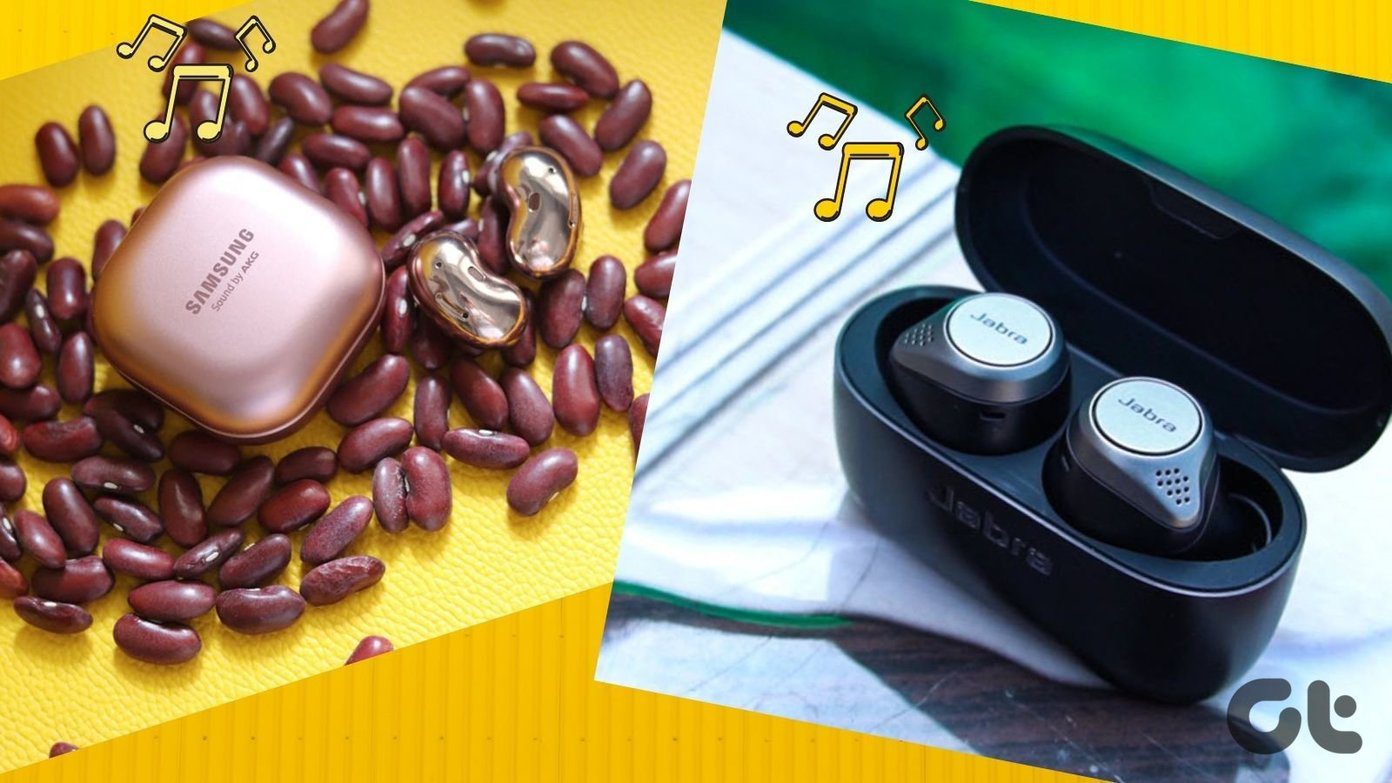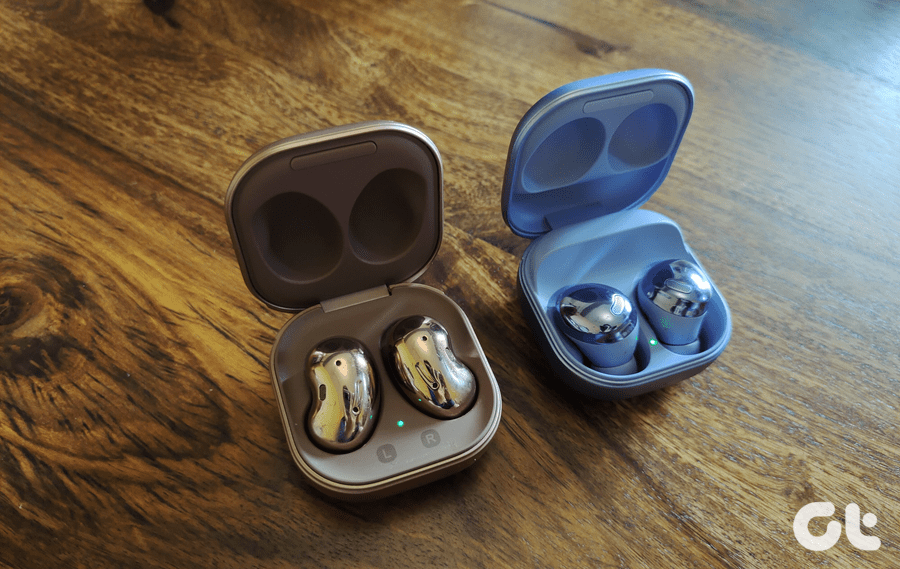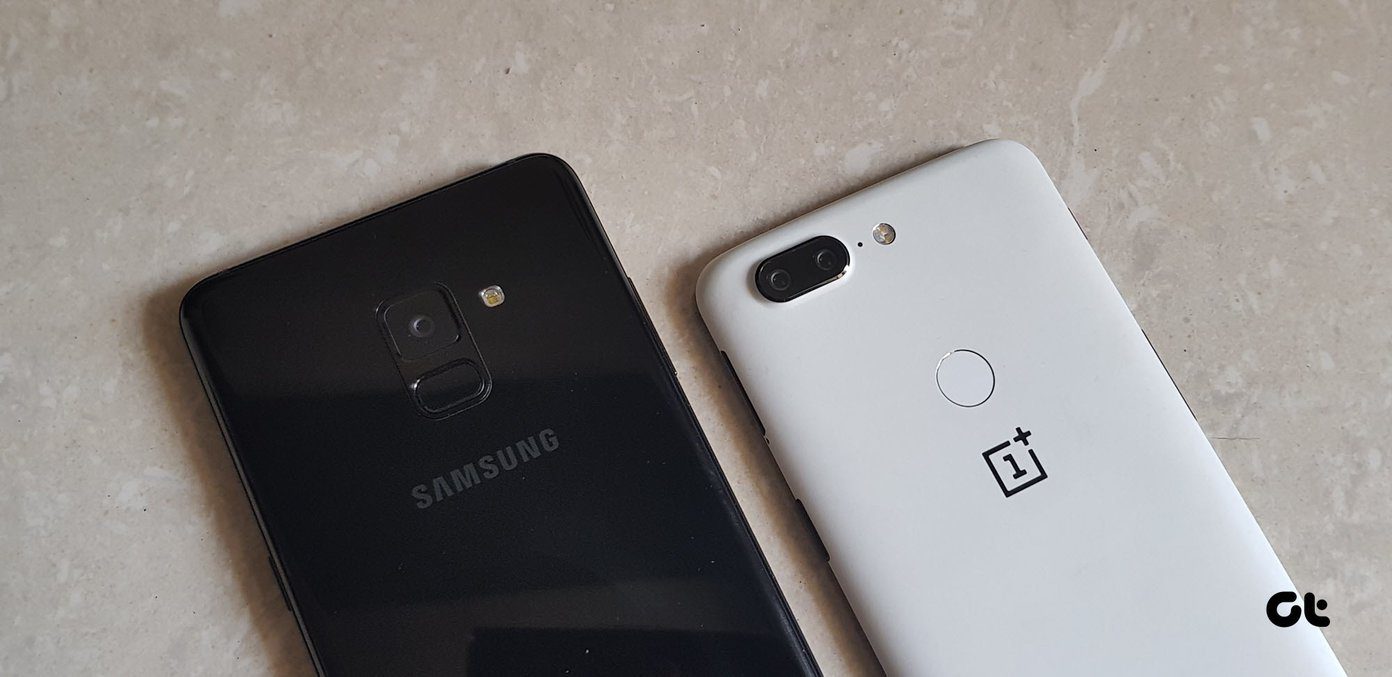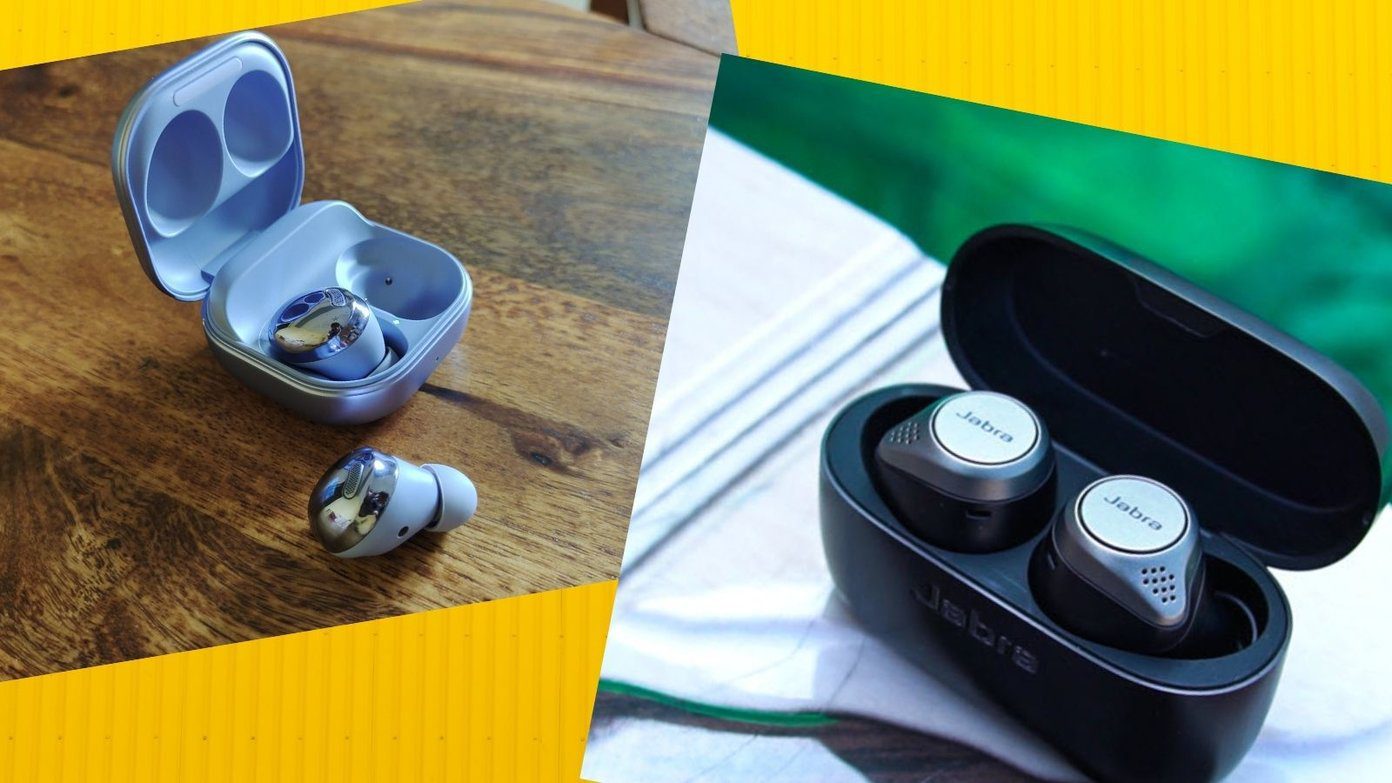How do they stack up against each other? Well, that’s the all-important question that we want to explore.
Spec to Spec
Besides the fact that the On7 is larger at 5.5-inches and the On5 is smaller at 5-inches, the other major difference is the SoC used. For the On5, we have an Exynos 3475 SoC and the On7 gets a Snapdragon 410. Besides these, both phones have the same 1.5 GB of RAM, the same TFT display housing a 720p panel, only 8 GB of onboard storage, dual-SIM 4G LTE support and microSD card slots. The other major difference is in the cameras, with the On7 sporting a larger 13 MP camera whereas the On5 has an 8 MP shooter. Both can shoot 1080p videos and both have 5 MP front cameras.
Build and Design
Built around the dated Galaxy design language, both these plastic body phones have identical button and component placements, except the primary mic, which is on the right for the On5 and the left for the On7. The big difference, though, is the display. The On7 has the (strangely) weirder display, it’s hard to see in images, but in real world usage it feels a bit.. off. The text isn’t always crisp, nor are the viewing angles great. Both phones have user-removable batteries too and the larger On7 has a 3,000 mAh battery size whereas the On5 has a 2,600 mAh Li-Ion battery. Neither phone has backlit navigation keys, nor auto-brightness sensors, nor haptic feedback. There is an ‘Outdoor’ mode for brightness, which works well if you’re under harsh sunlight.
Software: TouchWiz UI
Both these phones run Android 5.1.1 with the same toned-down TouchWiz that we’ve seen on their 2015 lineup. Surprisingly, neither of these phones have a Themes option that we had seen in the previous Galaxy devices like the S6, S6 edge+ and Note5. The major difference between the 2 is that the On7 has a Network power saving mode under Battery options in the settings menu. All it does, though, is kill your radio hardware so that more battery can be conserved while the screen is off. Other than that, both phones are fairly identical to each other.
Penny Worthy?
If the exclusion of the aforementioned sensors doesn’t bother you with the lack of backlit keys, or you trust Samsung as a brand more than any other Chinese competitor – then sure, there is a case to be made for both devices. Frankly, I don’t like the list of so many sensors being left out, nor do I much care about reputations. It’s 2015 and even in budget phones, we’ve seen what brands like Xiaomi (with the Redmi 2 Prime), Lenovo (with the K3 Note) and Asus (with the Zenfone line) have done. These are still early impressions, though, I hope over the course of my testing I can find more reasons to like these devices. The above article may contain affiliate links which help support Guiding Tech. However, it does not affect our editorial integrity. The content remains unbiased and authentic.














